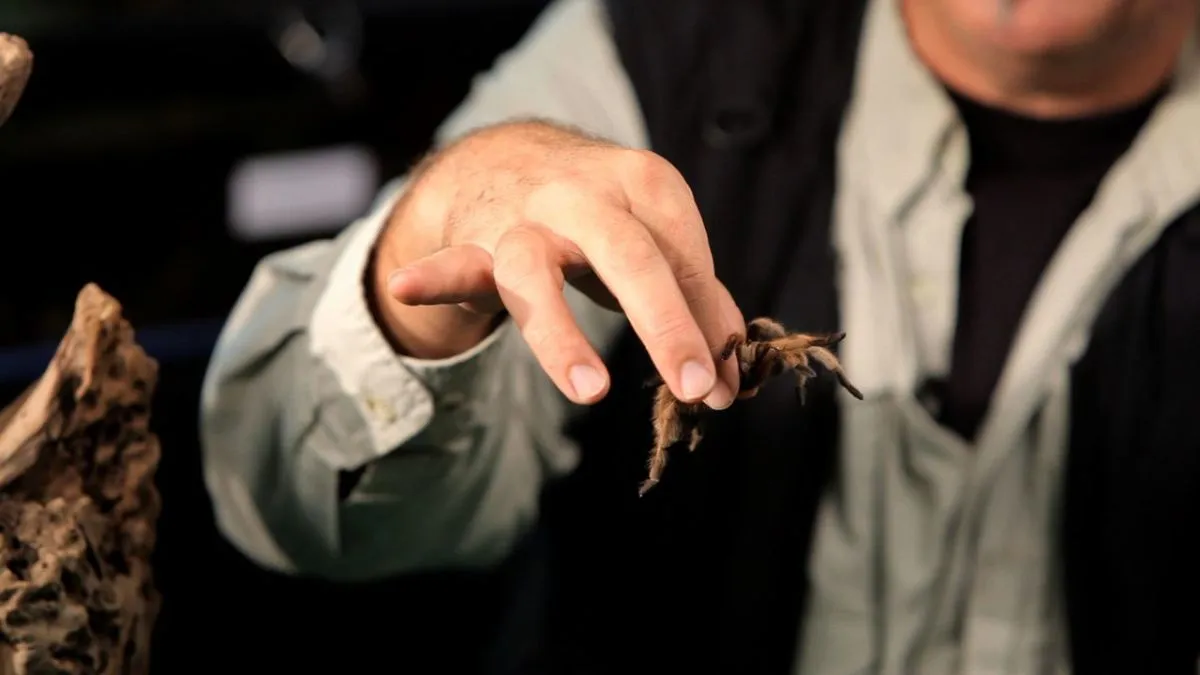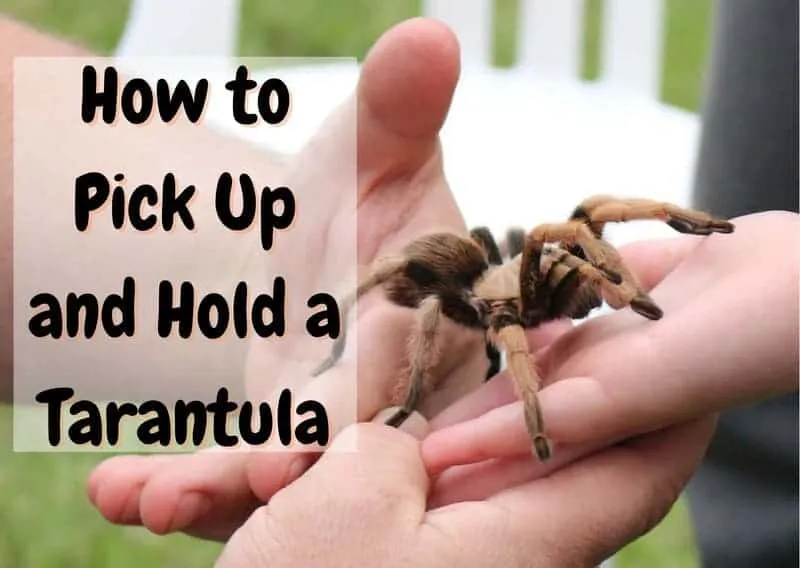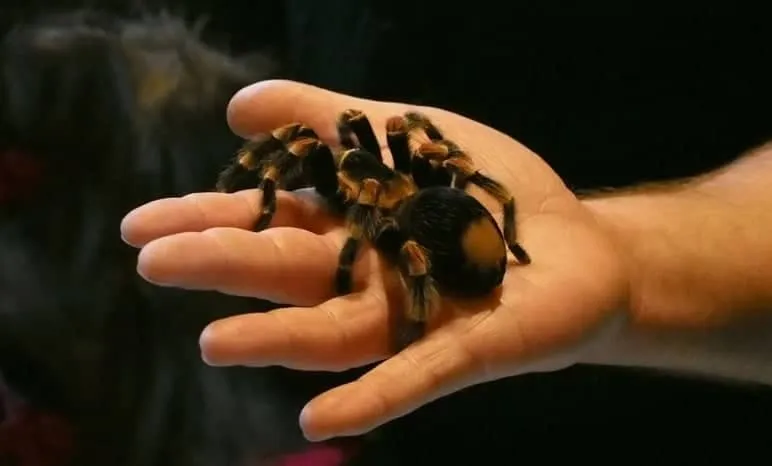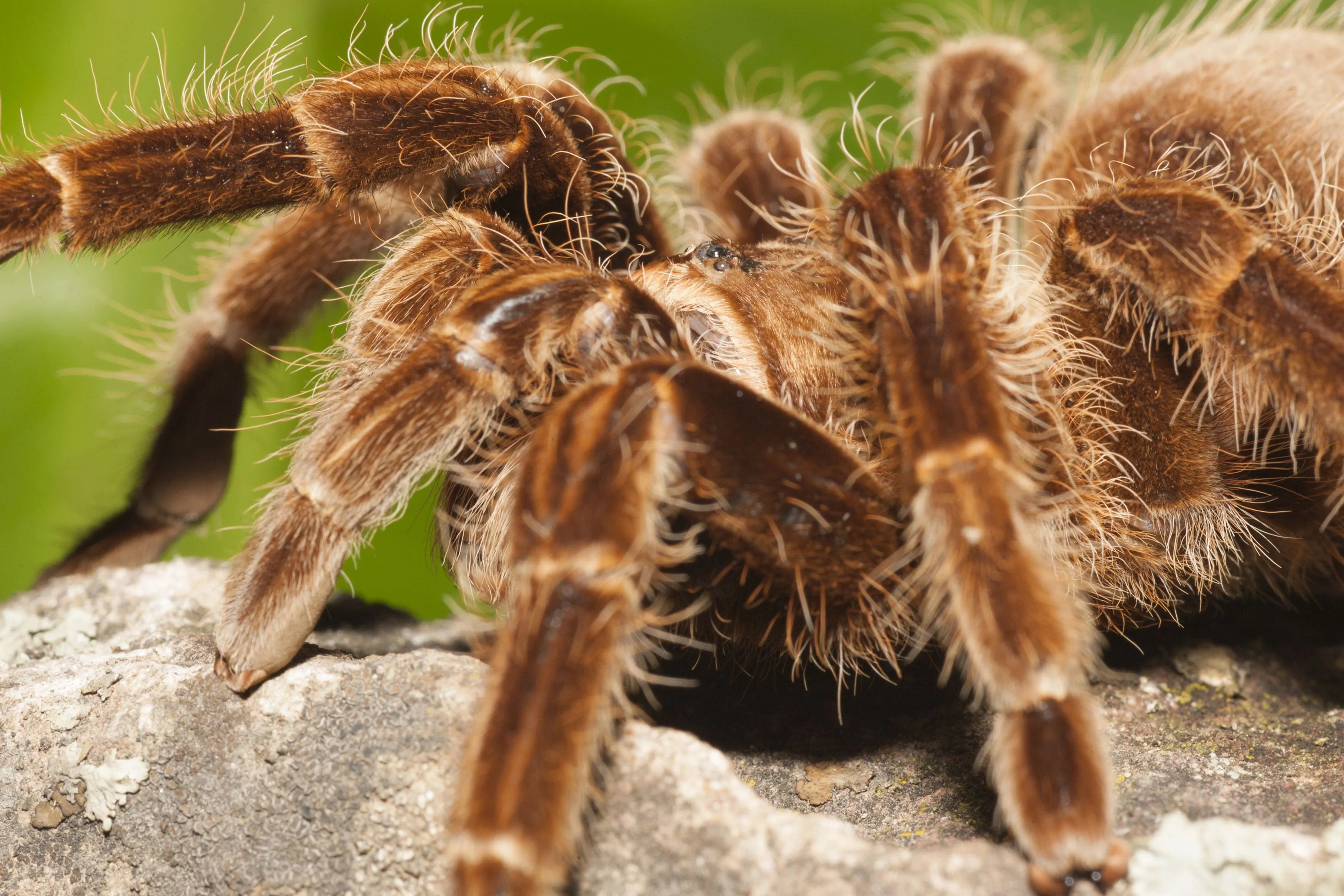Understanding Tarantula Behavior & Safety
Before you even consider handling your pet tarantula, it’s crucial to understand their behavior and prioritize safety. Tarantulas, while generally docile, are still wild animals and can react defensively when they feel threatened. Understanding their natural instincts and how they perceive their environment is the first step in ensuring a safe and positive handling experience for both you and your eight-legged friend. Always approach handling with respect and a clear understanding of the potential risks involved. Observe the tarantula’s behavior patterns, and avoid handling during molting, as they are particularly vulnerable during this time.
Recognizing Signs of Stress in Tarantulas
Tarantulas communicate their stress through various behaviors. Recognizing these signs is essential to avoid unnecessary handling and potential injury. Some common stress indicators include raising their front legs in a defensive posture, flicking hairs (urticating hairs) towards you, or rapidly moving away from your hand. Additionally, a tarantula that’s reluctant to move, or that seems to be ‘hiding’ or ‘cowering’ in a corner of its enclosure is also a sign of stress. Note, an alert tarantula, exhibiting any of these behaviors, should never be handled. Prioritize the tarantula’s well-being by respecting its space and avoiding stressful interactions.
How to Identify a Stressed Tarantula

Identifying a stressed tarantula involves careful observation. Look for specific behaviors that indicate discomfort or fear. A tarantula that raises its front legs, exposing its fangs, is displaying a clear defensive posture. If it starts flicking hairs towards you, it’s trying to ward you off. Rapid movement away from your hand is another sign of stress. Furthermore, a tarantula that is ‘hiding’ is trying to avoid interactions or perceived threats. If you observe any of these behaviors, it is crucial to cease any attempt to handle it and respect its space. The tarantula’s well-being is paramount, so always prioritize its comfort and avoid any actions that could potentially cause harm or stress.
Safe Handling Techniques for Pet Tarantulas
When handling is absolutely necessary, it’s critical to employ safe techniques. Never approach a tarantula from above, as this can trigger a defensive reaction. Instead, gently introduce your hand into the enclosure, allowing the tarantula to walk onto your palm. Always handle your tarantula over a soft surface, like a bed or a carpet, in case it falls. Avoid sudden movements, which can startle the tarantula. Wash your hands thoroughly before and after handling to avoid transferring any substances or odors that could potentially harm the tarantula. Remember, handling should be kept to a minimum, and only when essential for health checks or enclosure maintenance.
Preparing for Handling Your Tarantula
Preparation is key to a safe handling experience. Before attempting to handle your tarantula, make sure you’re in a calm environment, free from distractions. Check for any signs of stress in the tarantula, as mentioned earlier. If it appears agitated, postpone handling. Ensure the area where you will handle the tarantula is secure and free from any hazards, such as open windows or other pets. Have all the necessary tools and equipment readily available, which we’ll discuss in the next section. Lastly, inform anyone else in the vicinity about your plans to avoid any unexpected disturbances.
Proper Handling Tools & Equipment

While handling, the right tools can significantly improve your safety and make the process less stressful for your tarantula. Long tweezers or tongs can be used to gently guide the tarantula, or to move it if necessary, reducing direct contact. A soft brush can be used to gently encourage the tarantula to move if it refuses to walk on your hand. A secure container, like a clear plastic tub with a lid, can be useful for temporarily housing the tarantula during enclosure maintenance. Always have a first-aid kit ready for minor injuries, although bites are rare, it’s always best to be prepared. It is important to be prepared for the unexpected and to be ready to act responsibly, if needed.
Step-by-Step Handling Instructions
Start by gently opening the enclosure. Observe the tarantula’s behavior. If it appears calm, slowly introduce your hand into the enclosure, flat and still. Allow the tarantula to walk onto your hand on its own. Avoid any sudden movements or actions that could startle the tarantula. Once it is on your hand, move slowly and deliberately. Keep it close to the ground, and over a soft surface. If the tarantula starts to show signs of stress, carefully and slowly place it back into its enclosure. Never force the tarantula to do anything it does not want to do. The key is patience, gentleness, and respect for the animal.
How to Handle Your Tarantula
The most important thing is to keep your handling sessions short. Your goal is to minimize stress on the tarantula. When handling, speak softly and move slowly. Avoid blocking its escape route. Keep your movements predictable and avoid sudden gestures. If the tarantula shows any sign of stress, gently and slowly return it to its enclosure. Enjoy the experience and don’t force anything. This is a rare chance to interact more personally with the creature. Always handle over a soft surface, and be ready to place the tarantula back into its enclosure if it exhibits defensive behaviors.
Handling-Related Risks & Safety Measures

Even with careful handling, there are inherent risks involved. While tarantula bites are uncommon, they can be painful and can cause localized swelling, redness, and itching. Urticating hairs, which some tarantulas flick, can cause skin and eye irritation. Always handle your tarantula with calm and confidence. If you are bitten, remain calm and wash the affected area thoroughly with soap and water. Apply a cold compress to reduce swelling. Seek medical attention if you experience any severe symptoms. Preventative measures, such as wearing gloves when handling, can also help minimize the risk.
Preventing Bites and Defensive Reactions
The best way to prevent bites and defensive reactions is to respect the tarantula’s space and to handle it only when necessary. Avoid touching or poking the tarantula. Never try to grab or startle it. If you are introducing your hand into the enclosure, do so slowly and avoid any quick movements. Recognize and respect signs of stress or aggression. If the tarantula raises its front legs or flicks hairs, back away slowly and do not attempt to handle it. Remember, a calm and respectful approach is the most effective way to ensure a safe and positive handling experience.
Post-Handling Care & Best Practices
After handling, it is important to return your tarantula to its enclosure as quickly and gently as possible. Observe it for any signs of stress after handling. Wash your hands thoroughly with soap and water to remove any potential irritants or substances. Ensure that its enclosure is set up to provide a safe and secure environment, with appropriate temperature, humidity, and hiding places. Provide fresh water and food as needed. Take the time to watch your tarantula in the days following handling to be certain that it has returned to its normal routine. This will help you maintain a healthy and happy pet.
Returning Your Tarantula to Its Enclosure

When it’s time to return the tarantula to its enclosure, do so slowly and deliberately. Gently place your hand near the substrate and allow the tarantula to walk off on its own. Avoid any sudden movements that could startle the tarantula. Once the tarantula is back in its enclosure, observe it for any signs of stress or distress. Make sure that it is not injured. If the tarantula exhibits any unusual behavior after handling, give it plenty of time and space to recover. In most cases, the tarantula will return to its normal behavior soon after being returned to its enclosure. Remember, patience and respect are key to a safe and positive handling experience.
